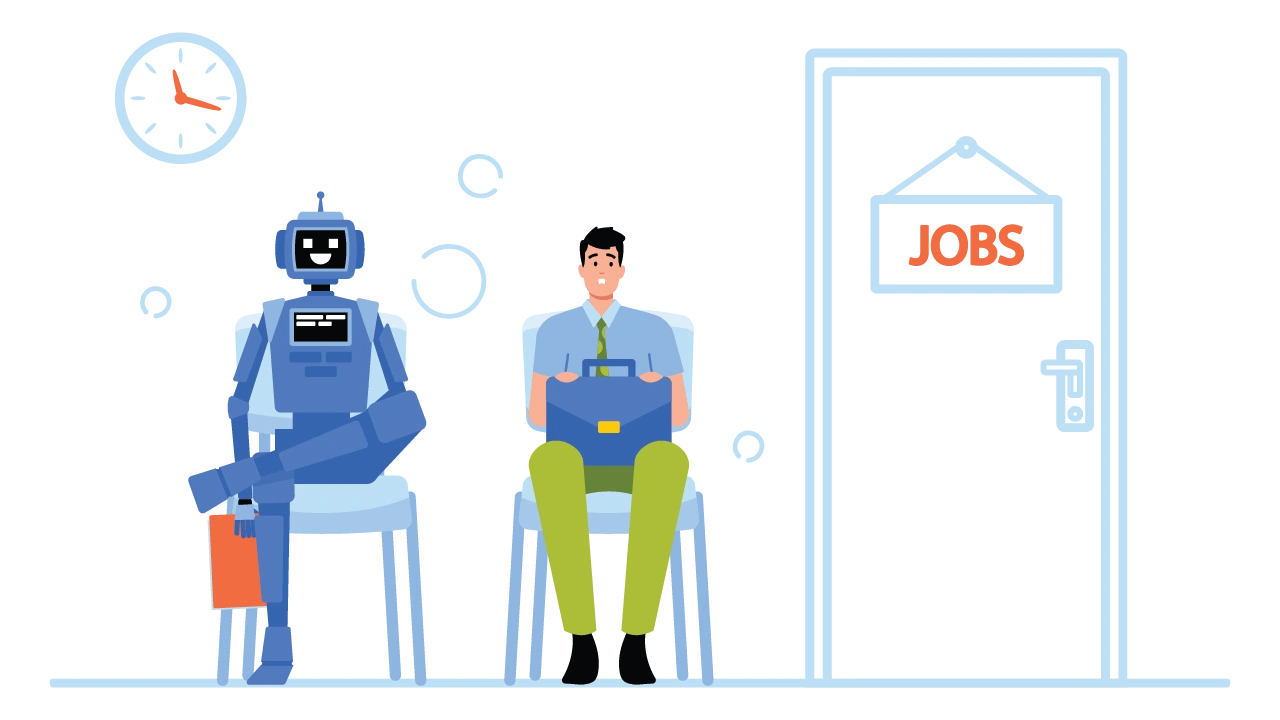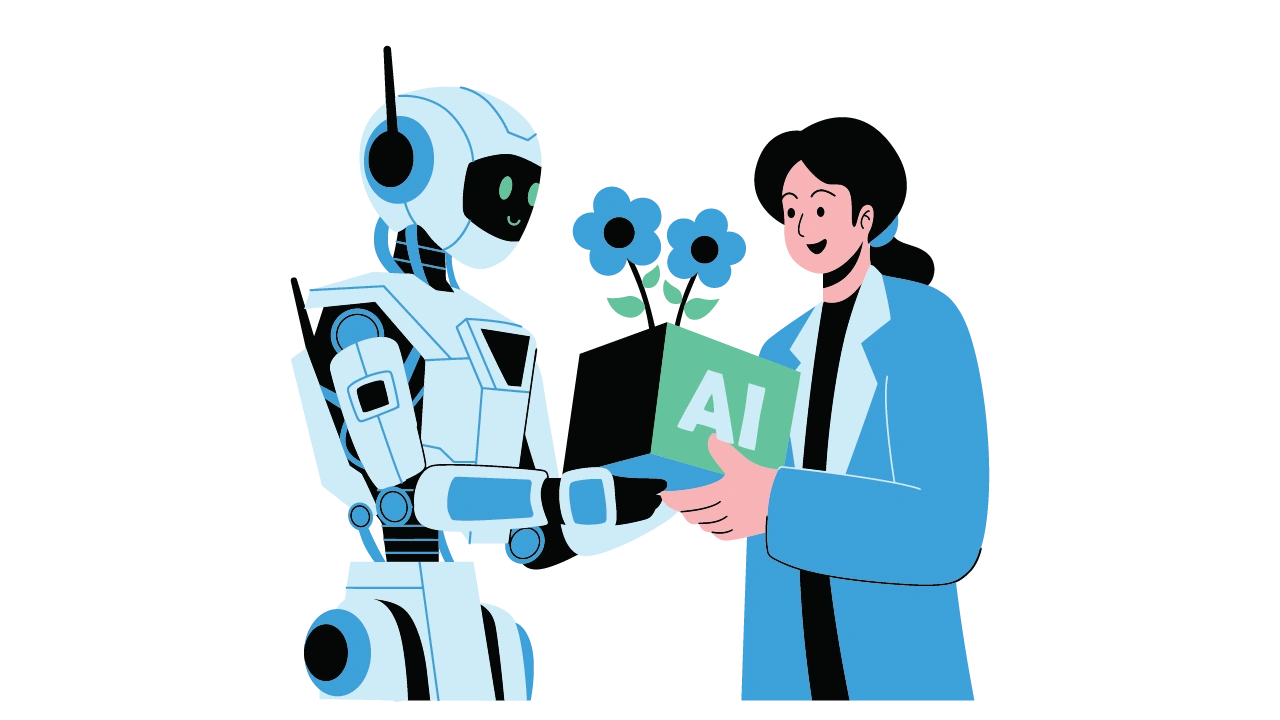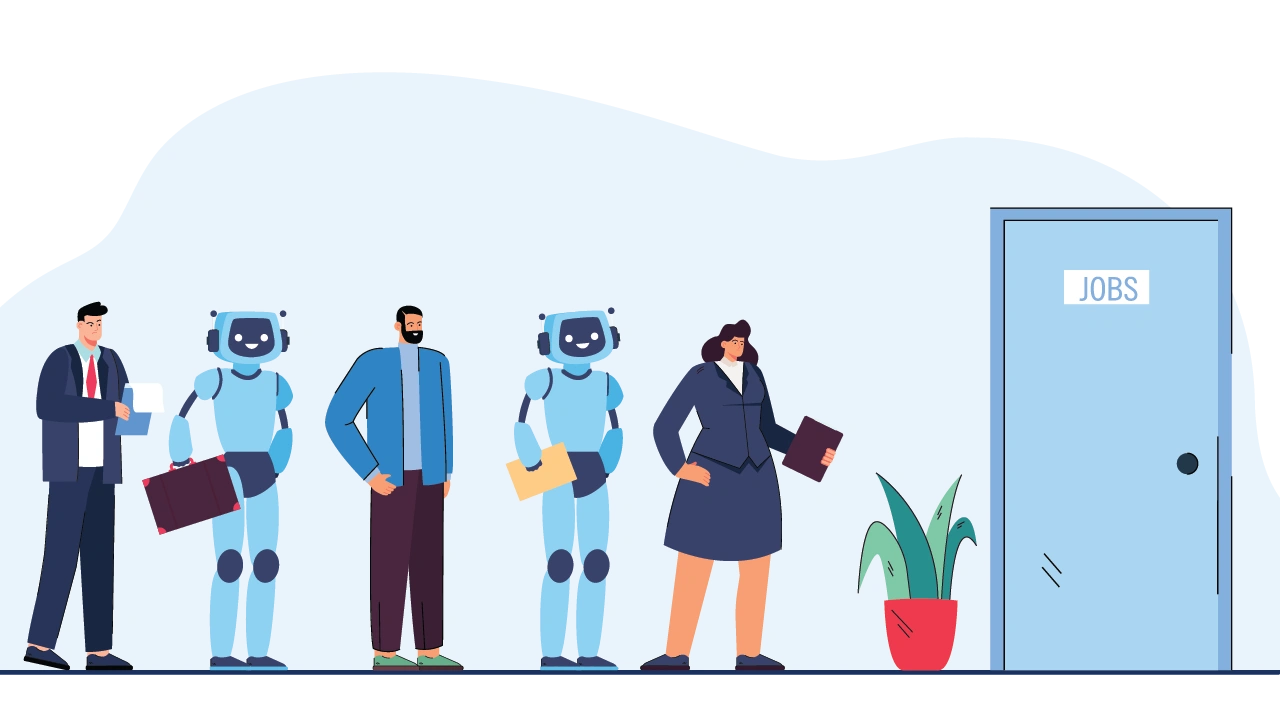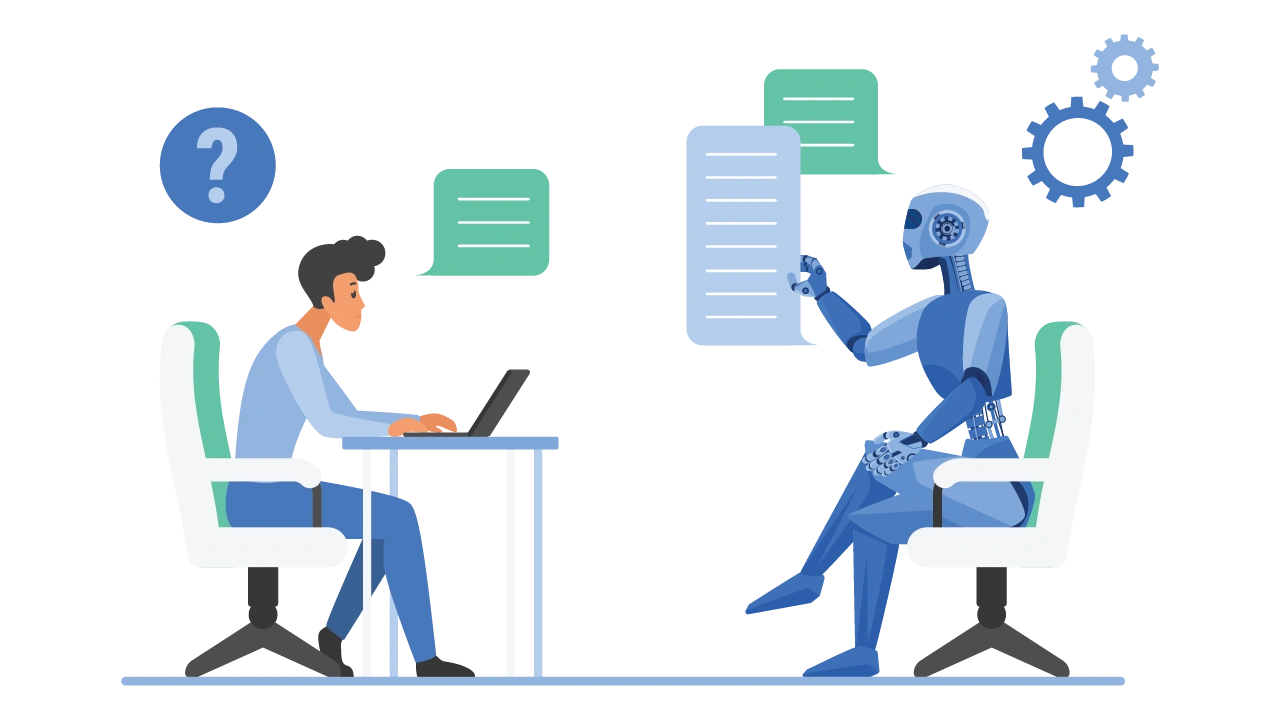


The “Future of Work” is no longer a distant vision—it’s today’s reality. In 2025, global organizations are navigating a landscape transformed by generative AI, accelerated skills obsolescence, evolving employee expectations, and democratized access to talent. For CXOs, this is not about incremental change—it’s about redefining the very fabric of work: who does it, how it gets done, and where value is created.
This is not a conversation for tomorrow. It’s an urgent, present-day mandate. Companies that fail to adapt risk losing both talent and competitive edge. Employees are making choices based on purpose, flexibility, learning, and wellbeing. To remain relevant and resilient, CXOs must champion bold, human-centered strategies that align workforce evolution with business growth.
Here are five workplace trends that CXOs cannot afford to ignore in 2025—and how they must respond.
The rigid architecture of job titles and degree-based hiring is giving way to a dynamic, skills-first model. Work is increasingly being deconstructed into projects and tasks, and talent is matched based on real capabilities-not just credentials or tenure.
This shift is enabling greater agility, inclusivity, and internal mobility. It empowers non- traditional candidates, opens up career paths for the self-taught and mid-career pivoters, and encourages a culture of lifelong learning.
CXOs-particularly CHROs and CLOs-must lead the charge in redefining talent frameworks. That means:
When senior leaders model their own learning journeys, they help embed a growth mindset across the organization.
According to McKinsey, companies that prioritize skills over roles can boost productivity by 6– 12%. They can also deploy talent more rapidly into high-impact areas—fueling both agility and innovation.
AI has moved from back-office automation to frontline augmentation. It now helps draft emails, generate insights, write code, and synthesize data. In this new paradigm, AI becomes a “digital coworker,” amplifying human productivity and creativity.
The goal isn’t to replace jobs—it’s to evolve them. Judgment, empathy, and originality remain uniquely human skills, and AI frees employees to focus more on these high-value areas.
CXOs—especially CIOs, CTOs, and CHROs—must ensure responsible, inclusive AI integration. That includes:
Employees must understand that AI is here to support, not supplant. That narrative—and the cultural shift—starts at the top.
According to BCG, AI can drive up to 30% faster decision-making and 20–40% cost savings in operations. With proper workforce planning and upskilling, this translates to reallocation—not reduction—of human capital.
The hybrid work debate is over. Employees in 2025 expect flexibility—not just as a benefit, but as a baseline. What’s evolved is how organizations implement hybrid—not by fixed office days,but through intentional design of collaboration, culture, and equity.
Hybrid work is also an inclusion enabler—bringing in caregivers, people with disabilities, and talent in Tier 2/3 cities or global regions.
This is a C-suite-wide responsibility. CXOs must:
Culture is the differentiator. Values, rituals, and trust must translate across formats and geographies.
CBRE reports that hybrid models can save companies up to 30% in real estate costs. They also unlock access to a broader, more diverse talent pool—without relocation requirements.
Wellbeing is no longer a perk—it’s a performance and retention imperative. Burnout, mental health challenges, and work-life imbalance have tangible business consequences: reduced engagement, higher attrition, and lower productivity.
Employees—especially Millennials and Gen Z—prioritize employers who invest in their holistic wellbeing. This includes not just mental and physical health, but also financial wellness, psychological safety, and workload sustainability.
Wellbeing must be a boardroom conversation. CXOs should:
When leaders speak openly about their own challenges and practices, they signal cultural permission for others to do the same.
According to the WHO, every $1 invested in mental health yields a $4 productivity return. Companies that prioritize wellbeing report:
Employees today expect the same level of personalization at work as they do from their favorite consumer brands. That means career paths, learning programs, benefits, and communication tailored to individual needs, goals, and preferences.
Generic experiences are no longer effective. Hyper-personalized EX drives loyalty, discretionary effort, and advocacy.
This is where AI, analytics, and behavioral science intersect. CXOs must:
Internal communications also need segmentation by persona and delivery through preferred channels—Slack, mobile, intranet, etc.
Gallup finds that high-experience organizations see 21% greater profitability and 10% higher customer satisfaction. Why? Because engaged employees deliver better service, innovate more readily, and stay longer.
EX isn’t just an HR concern—it’s a competitive advantage.
The future of work is already here—and the burden of leadership is clear. CXOs must drive transformation that is:
To recap, CXOs must:
Organizations that succeed will not be those that wait—but those that build. Deliberately. Inclusively. Boldly.
Because traditional job titles no longer reflect the dynamic needs of modern businesses. A skills-first approach enables faster talent deployment, internal mobility, and inclusivity—allowing organizations to stay agile and competitive in a fast-changing market.
AI in 2025 is less about replacement and more about augmentation. It's a “digital coworker” that automates repetitive tasks and supports decision-making, allowing human employees to focus on creativity, empathy, and strategic thinking. The real opportunity lies in human-AI collaboration.
Hybrid work is here to stay—but it’s evolving. In 2025, successful companies are designing intentional hybrid models based on flexibility, equity, and outcome-driven collaboration. It's no longer about office days; it's about thoughtful team design, culture, and inclusion.
When wellbeing is embedded into leadership KPIs, team structures, and daily routines, it drives real business outcomes—like higher engagement, lower attrition, and reduced healthcare costs. The ROI is proven: $1 invested in mental health yields $4 in productivity.
Hyper-personalization means tailoring every touchpoint—learning, benefits, communication, recognition—to individual needs, roles, and preferences using AI and analytics. Just like in customer experience, personalization boosts satisfaction, loyalty, and performance.
That the “future of work” is not futuristic—it’s unfolding now. CXOs must lead with agility, empathy, and bold vision across five key areas: skills, AI, hybrid work, wellbeing, and personalization. The organizations that act decisively will attract top talent, drive innovation, and thrive.

In today’s rapidly evolving work landscape, the arrival of Agentic AI in the workplace is shifting the way teams function, decisions are made, and work is delivered.

As artificial intelligence continues to reshape the workplace, a new frontier is emerging-one where human workers and AI agents collaborate in increasingly...

The “Future of Work” is no longer a distant vision—it’s today’s reality. In 2025, global organizations are navigating a landscape transformed by generative AI...

In a world where distributed teams are the norm rather than the exception, the role of culture is under the microscope like never before...

We hear about AI everywhere - from headlines about job losses to promises of supercharged productivity...

In today's dynamic and often unpredictable business landscape, growth is the ultimate aspiration for small and mid-sized enterprises (SMEs)...